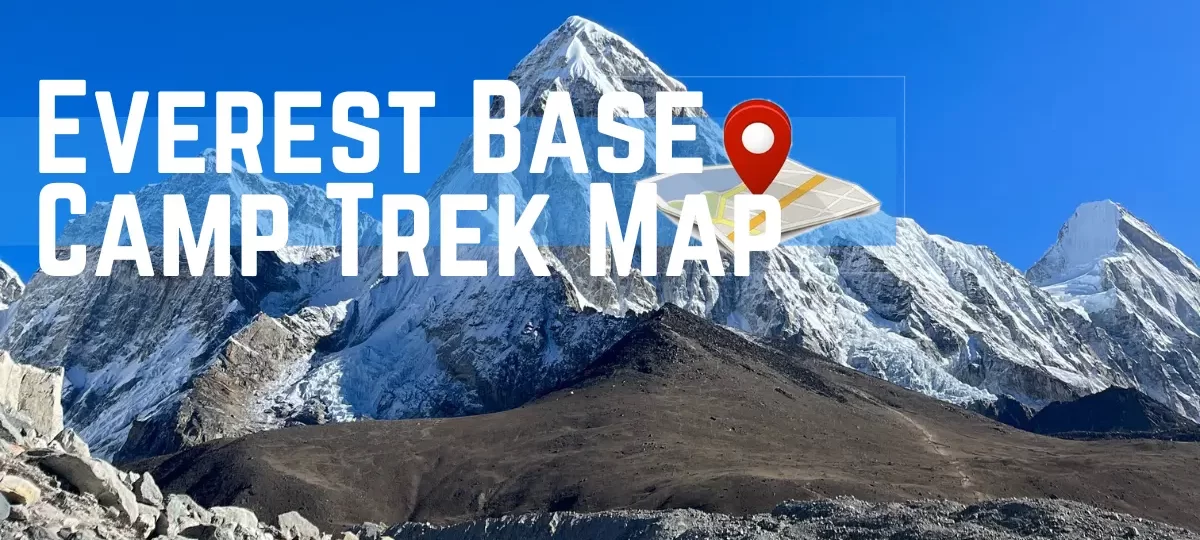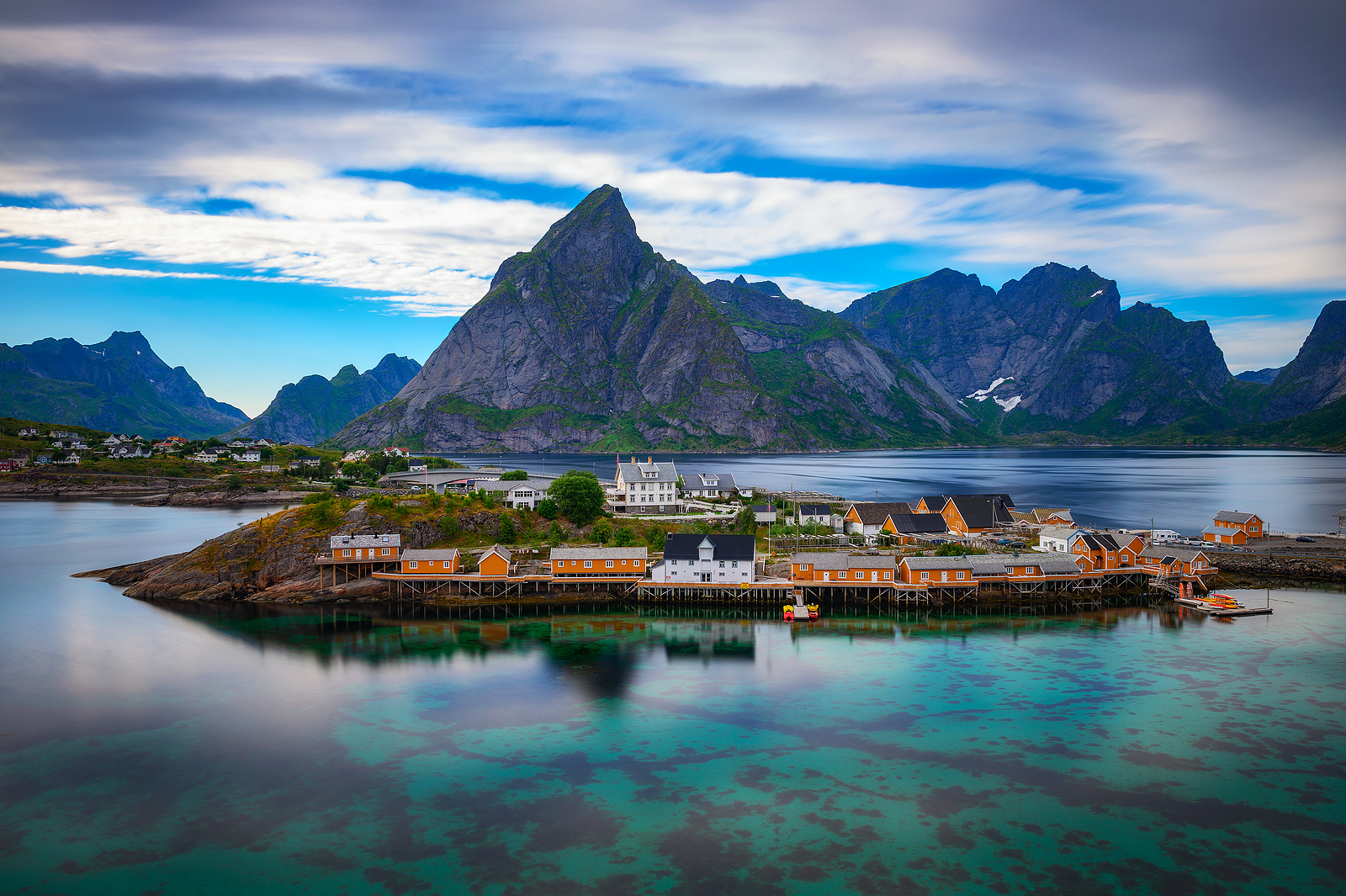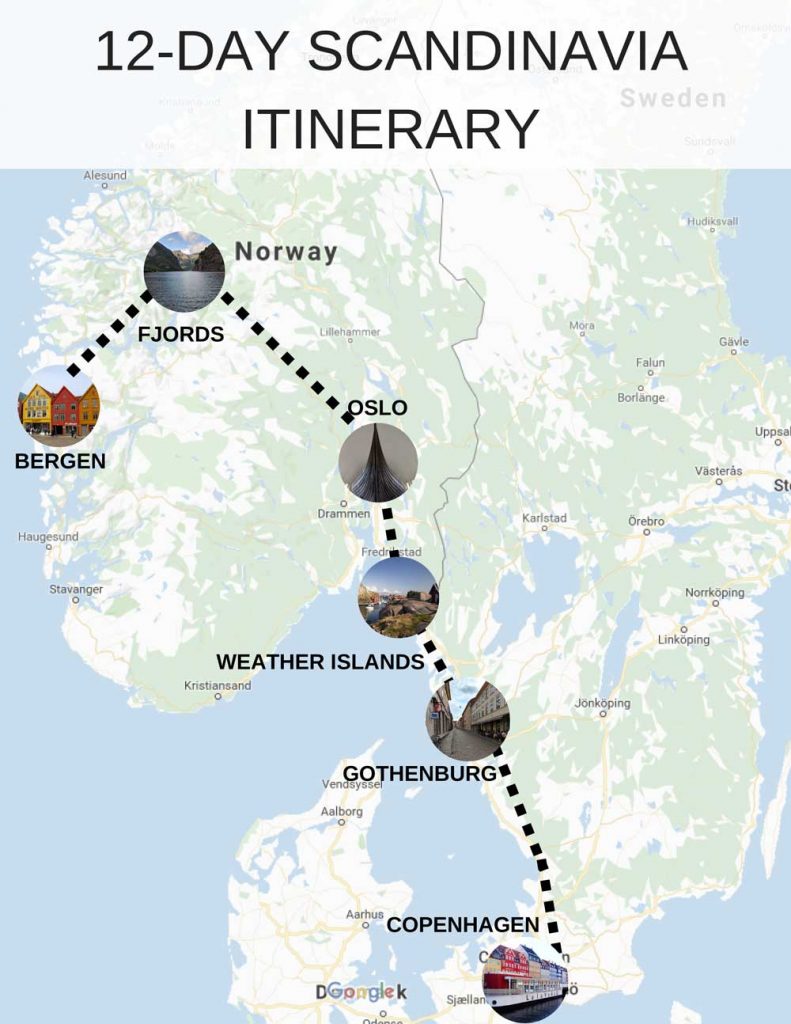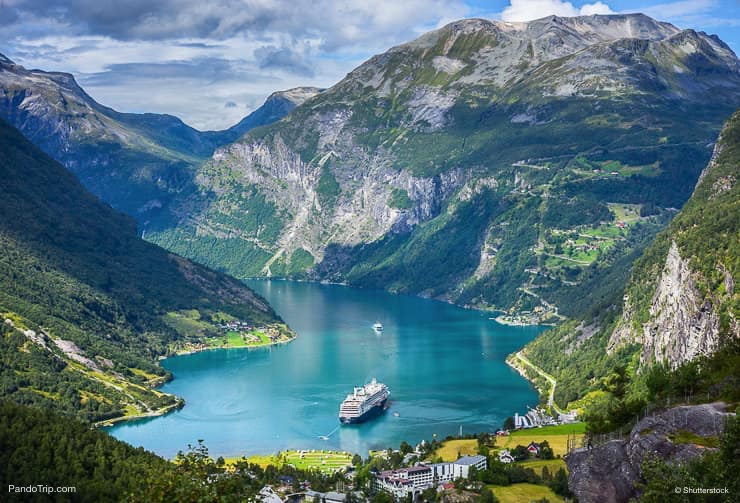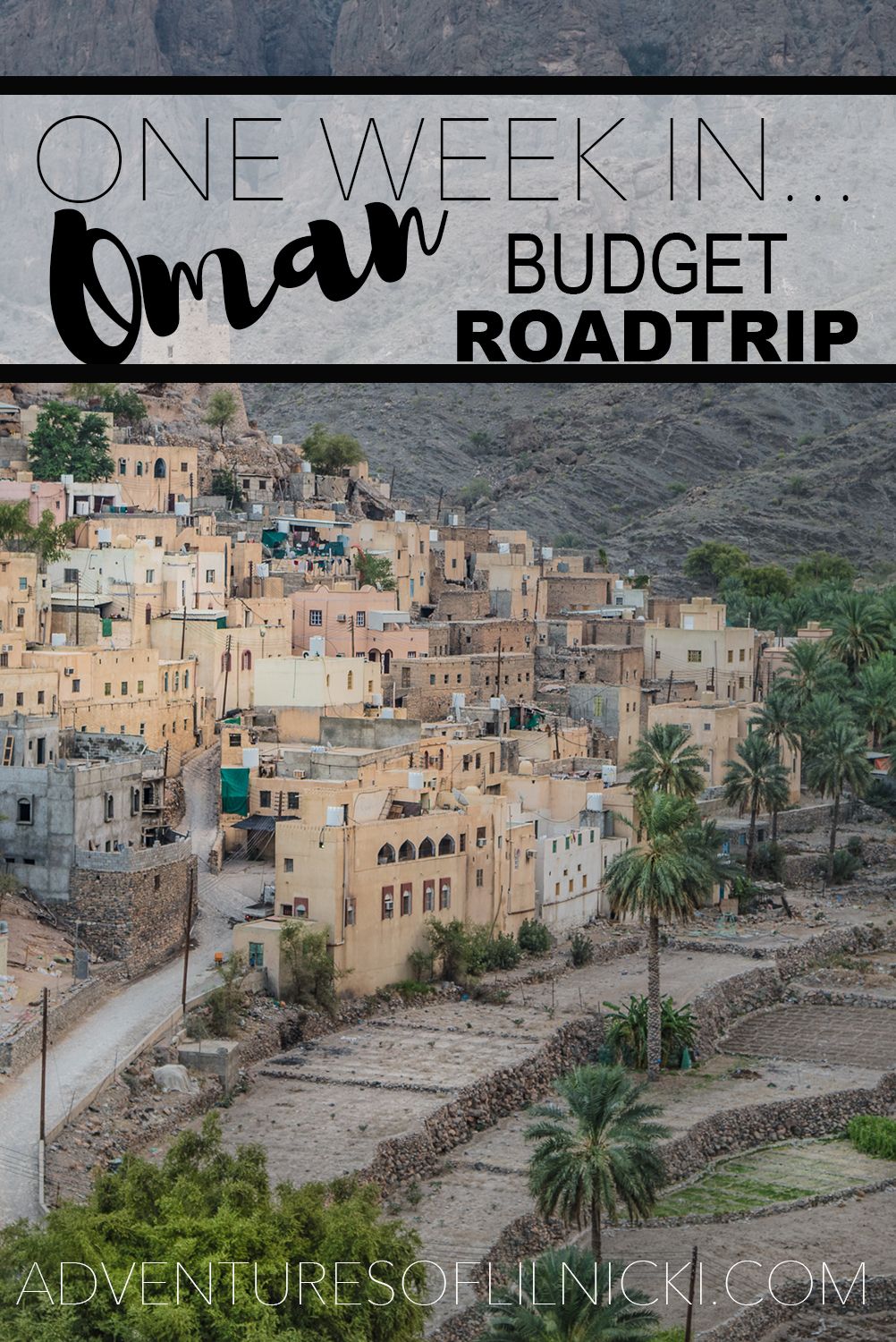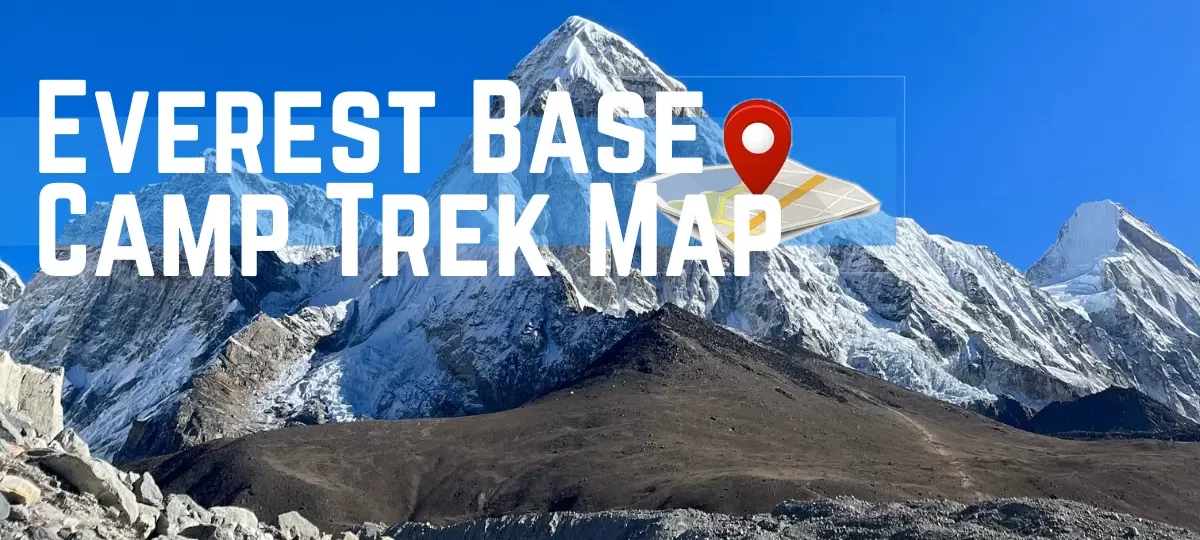
Mount Everest, the undisputed monarch of the Himalayas, has captivated human imagination for centuries. Its towering presence, shrouded in myth and legend, draws adventurers and trekkers from across the globe. While scaling its formidable summit remains the ultimate challenge, a journey to Mount Everest Base Camp offers a profound and unforgettable experience, a tangible connection to the raw power of nature and the indomitable spirit of human endeavor. This article delves deep into the multifaceted world of Everest Base Camp, unearthing its history, showcasing its main attractions, offering practical travel tips, guiding you on the best time to visit, exploring accommodation and culinary delights, and outlining transportation options.
A Glimpse into the Past: The Genesis of Everest Base Camp
The story of Everest Base Camp is intrinsically linked to the early attempts to conquer the world’s highest peak. For centuries, the Sherpa people, indigenous to the Everest region, lived in harmony with the mountain, revering it as Chomolungma, the "Goddess Mother of the World." However, it wasn’t until the early 20th century that Westerners began to truly eye Everest as a mountaineering prize.
Related Articles about Ascending to the Roof of the World: Unveiling the Secrets of Mount Everest Base Camp:
- Naples: A Symphony of History, Flavor, and Unforgettable Experiences
- Unveiling the Majesty of Peru: A Journey Through History, Culture, and Adventure
- Unveiling Paradise: A Comprehensive Guide to the Best of Bali
- Dive into Paradise: Your Ultimate Travel Guide to the Great Barrier Reef
- Kyoto: Where Ancient Traditions Whisper Through Modern Streets
The British were at the forefront of these early expeditions. The 1920s saw several attempts, most famously the ill-fated 1924 expedition where George Mallory and Andrew Irvine vanished high on the mountain, their fate a lingering mystery. These expeditions, while unsuccessful in reaching the summit, laid the groundwork for future endeavors and established the initial routes and the need for a staging area – the precursor to modern Base Camp.
The establishment of a permanent, organized Base Camp as we know it today truly took shape with the first successful ascent of Mount Everest in 1953 by Sir Edmund Hillary of New Zealand and Tenzing Norgay, a Sherpa mountaineer. Their expedition, led by John Hunt, utilized a well-defined Base Camp as their central hub for acclimatization, logistics, and planning the final push to the summit. This marked a turning point, transforming Everest from a mythical unattainable peak into a conquerable challenge, with Base Camp becoming the symbolic starting line for every aspiring summiteer.
Over the decades, Everest Base Camp has evolved from a rudimentary collection of tents to a bustling temporary city during the climbing seasons. It has witnessed triumphs and tragedies, technological advancements in mountaineering gear, and the growing global fascination with the Himalayas. The legacy of those early pioneers and the continuous evolution of the camp itself are woven into the very fabric of its existence.
Beyond the Summit: Main Attractions of Everest Base Camp
While the ultimate goal for many is the summit, the trek to Everest Base Camp is an attraction in itself, offering a rich tapestry of natural wonders and cultural encounters.
- The Majestic Himalayas: The primary draw, of course, is the breathtaking panorama of the world’s highest mountains. As you ascend, the views become increasingly spectacular, with iconic peaks like Lhotse, Nuptse, Ama Dablam, and the imposing South Col of Everest dominating the skyline. The sheer scale and grandeur of these mountains are humbling and awe-inspiring.
- Khumbu Glacier: This colossal river of ice is a formidable and beautiful feature of the landscape. Trekking across its moraine (rubble and debris deposited by the glacier) provides a unique and challenging experience, offering close-up views of the ice formations and the crevasses that mark its surface.
- The Sherpa Culture: The Everest region is home to the resilient and hospitable Sherpa people. Experiencing their unique culture, visiting ancient monasteries like Tengboche, and interacting with the locals provides a profound cultural immersion. Their deep spiritual connection to the mountains and their warm hospitality are integral to the Everest experience.
- Tengboche Monastery: Perched dramatically on a ridge overlooking the Imja Khola valley, Tengboche Monastery is a spiritual heart of the Khumbu region. The vibrant prayer flags, the chanting monks, and the serene atmosphere offer a moment of reflection and a glimpse into Tibetan Buddhism.
- Namche Bazaar: Often referred to as the "Gateway to Everest," Namche Bazaar is a vibrant and bustling market town. It’s a place to resupply, acclimatize, and soak in the energetic atmosphere. The Saturday market is a highlight, where locals trade goods and a sense of community thrives.
- The Summit Views from Kala Patthar: While not technically part of Base Camp itself, the trek to Kala Patthar (5,643m) is an essential part of the Everest Base Camp experience. From this vantage point, you are rewarded with arguably the most iconic and breathtaking panoramic views of Mount Everest, its summit bathed in the golden hues of sunrise or sunset. It’s a moment that will forever be etched in your memory.
- The Everest Base Camp Itself: Reaching the actual Base Camp is a significant achievement. It’s a temporary city of colorful tents, prayer flags fluttering in the wind, and the constant hum of activity from mountaineers preparing for their ascent. While the views of Everest from Base Camp are partially obstructed by the Khumbu Icefall, the sheer atmosphere of being at the foot of the world’s highest peak is palpable.
Navigating the Trail: Essential Travel Tips for Everest Base Camp
A trek to Everest Base Camp is a challenging but rewarding adventure that requires careful planning and preparation.
- Physical Fitness: This is paramount. The trek involves long days of walking at high altitudes, often on uneven terrain. Regular cardiovascular exercise, strength training, and hiking practice are crucial.
- Acclimatization: Altitude sickness (AMS) is a serious concern. The trek itinerary is designed with gradual ascents and acclimatization days to allow your body to adjust. Listen to your body, ascend slowly, stay hydrated, and avoid overexertion.
- Proper Gear: Invest in high-quality trekking gear. This includes sturdy hiking boots, layered clothing (thermal base layers, fleece mid-layers, waterproof and windproof outer shells), a warm sleeping bag, a good backpack, trekking poles, and sun protection (hat, sunglasses, sunscreen).
- Hydration and Nutrition: Drink plenty of water to combat altitude sickness. Eat well-balanced meals provided by your lodge or guide. Carry high-energy snacks like nuts, dried fruits, and energy bars.
- Travel Insurance: Comprehensive travel insurance that covers high-altitude trekking and medical evacuation is non-negotiable.
- Respect Local Culture: Dress modestly, especially when visiting monasteries. Ask for permission before taking photos of people. Learn a few basic Nepali phrases; it goes a long way.
- Choose a Reputable Trekking Agency: For most trekkers, it’s advisable to go with a reputable trekking agency. They will arrange permits, guides, porters, accommodation, and handle logistics, ensuring a safer and more enjoyable experience.
- Pack a First-Aid Kit: Include essentials like pain relievers, bandages, antiseptic wipes, altitude sickness medication (consult your doctor), and any personal medications.
- Leave No Trace: Be mindful of your environmental impact. Carry out all your trash, and avoid disturbing the natural surroundings.
The Golden Window: Best Time to Visit Everest Base Camp
The weather in the Himalayas is extreme and unpredictable. The Everest region experiences two prime trekking seasons:
- Spring (March to May): This is arguably the most popular time to trek to Everest Base Camp. The weather is generally stable, with clear skies and pleasant temperatures. The rhododendrons bloom in the lower altitudes, adding a splash of color to the landscape. This is also the main climbing season for Everest, meaning Base Camp will be a hive of activity.
- Autumn (September to November): Another excellent time to visit. The monsoon rains have subsided, leaving behind clear skies and excellent mountain views. The temperatures are cooler than in spring, but still manageable. The autumn foliage adds a different kind of beauty to the landscape.
Avoid:
- Monsoon Season (June to August): Heavy rainfall can lead to landslides and obscure mountain views.
- Winter (December to February): Extremely cold temperatures, heavy snowfall, and strong winds make trekking very challenging and potentially dangerous.
A Cozy Respite: Nearby Hotels and Teahouses
The accommodation along the Everest Base Camp trek primarily consists of teahouses. These are charming, rustic lodges that offer basic but comfortable lodging, meals, and a warm place to rest.
- Teahouses: Found in every village and settlement along the trekking route, teahouses provide essential services. Rooms are typically small and simply furnished, often with twin beds and a shared bathroom. Hot showers are usually available, but often at an extra cost and may not be consistently hot at higher altitudes.
- Kathmandu Hotels: Before and after your trek, you’ll likely stay in Kathmandu. The capital offers a wide range of hotels, from luxurious five-star establishments to budget-friendly guesthouses in areas like Thamel.
- Lukla: The gateway to the Everest region, Lukla has a limited number of teahouses and guesthouses for trekkers to stay in before or after their flights.
A Taste of the Himalayas: Local Food
The food on the Everest Base Camp trek is hearty and designed to provide energy for the demanding journey.
- Dal Bhat: The staple dish of Nepal, Dal Bhat is a lentil soup served with rice and often accompanied by vegetable curry and pickles. It’s nutritious, filling, and widely available.
- Thukpa: A warming Tibetan noodle soup, perfect for colder evenings.
- Momos: Delicious steamed or fried dumplings, a popular snack and meal option.
- Chapatis and Roti: Flatbreads that are a good accompaniment to curries and soups.
- Tea and Coffee: Essential for warmth and hydration. Local varieties of tea, including yak butter tea in some higher regions, are available.
- Snacks: Carry your own snacks like nuts, dried fruits, chocolate bars, and energy bars for quick boosts of energy between meals.
The Journey Begins: Transportation Options
Getting to Everest Base Camp is an adventure in itself, involving multiple modes of transport.
- International Flights: You will typically fly into Tribhuvan International Airport (KTM) in Kathmandu, Nepal.
- Domestic Flight to Lukla: The most common and iconic mode of transport to the Everest region is a short, scenic, and exhilarating flight from Kathmandu to Lukla (2,860m). Lukla Airport is renowned for its short, steep runway, and the flight offers breathtaking views of the Himalayas.
- Trekking: From Lukla, the journey to Everest Base Camp is entirely on foot. You will trek through charming Sherpa villages, across suspension bridges, and along the Khumbu Valley.
- Porters and Yaks: Porters are essential for carrying your main backpack, allowing you to trek with a smaller daypack. In some areas, yaks are also used to transport goods.
- Helicopter: For those with limited time or seeking a more luxurious experience, helicopter tours to Everest Base Camp are available from Kathmandu. This offers a quicker way to witness the scenery but lacks the immersive experience of trekking.
In Conclusion
Mount Everest Base Camp is more than just a destination; it’s a journey of self-discovery, a testament to human resilience, and an unparalleled encounter with the raw beauty of the natural world. From its historical roots as a staging ground for ambitious expeditions to its present-day status as a beacon for adventurers, Base Camp continues to inspire and challenge. By understanding its history, appreciating its attractions, preparing diligently with practical tips, choosing the right time to visit, and embracing the local culture and cuisine, you can embark on an unforgettable expedition to the foot of the world’s mightiest peak, a journey that will undoubtedly leave an indelible mark on your soul.
